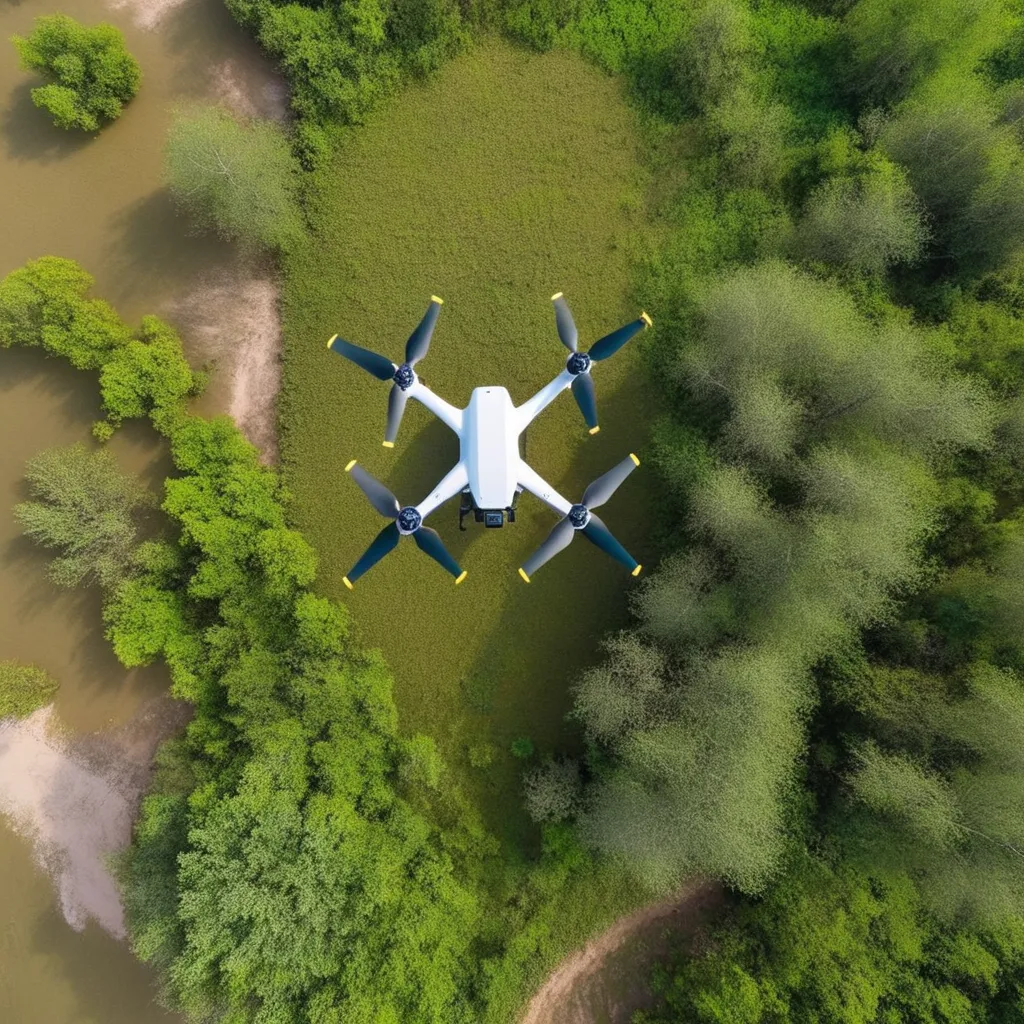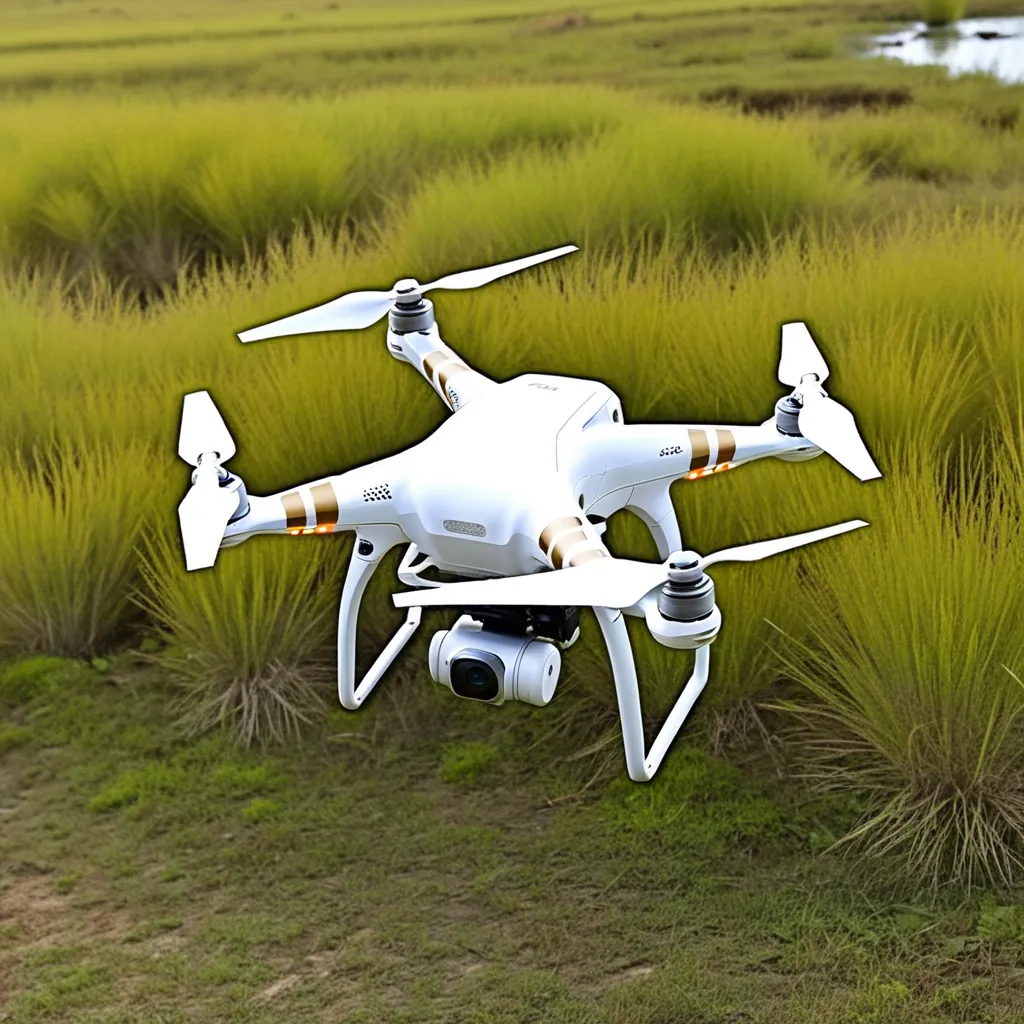The Role of Drones in Wildlife Conservation
In the vast tapestry of nature, where every species plays a crucial role, the emergence of drones has become a game-changer in the field of wildlife conservation. These flying marvels are not just gadgets; they are silent guardians, aiding conservationists in their tireless efforts to protect our planet's diverse ecosystems.

A Bird's-Eye View: The Drone Advantage
Anecdote: Eyes in the Sky
Picture this – standing in the heart of a dense forest, the sounds of nature enveloping you. As a wildlife enthusiast, I often found myself yearning for a comprehensive view of the landscape. Drones, with their ability to soar high above, provide a perspective that was once limited to the wingspan of eagles.
Surveillance and Monitoring
- Anti-Poaching Patrols: Drones have become invaluable tools in the fight against poaching. Equipped with high-resolution cameras, they patrol protected areas, allowing rangers to monitor wildlife without disturbing their natural habitats.
- Population Surveys: Traditional wildlife surveys could be time-consuming and invasive. Drones streamline the process, providing accurate population estimates for various species. This data is crucial for implementing targeted conservation strategies.
- Habitat Monitoring: Keeping tabs on changes in habitat is essential for conservationists. Drones offer a rapid and efficient way to monitor alterations in vegetation, water sources, and overall landscape health.
Precision Conservation: From the Sky to the Ground
Anecdote: Guiding Conservation Efforts
During a visit to a sea turtle nesting site, I witnessed the meticulous efforts required to protect vulnerable eggs. Drones, with thermal imaging capabilities, can identify nesting sites, allowing conservationists to implement protective measures more effectively.
Conservation Interventions
- Wildlife Rescue Operations: In the event of natural disasters or wildlife emergencies, drones can quickly locate and assess stranded or injured animals. This enables rapid response teams to intervene promptly, potentially saving lives.
- Seed Bombing for Reforestation: Drones equipped with seed-dispersal mechanisms are aiding reforestation efforts. By precisely targeting areas for seed release, they contribute to ecosystem restoration without the need for extensive manual labor.
- Disease Surveillance: Detecting the spread of diseases among wildlife populations is challenging. Drones provide a non-intrusive method for collecting samples, monitoring health indicators, and implementing targeted interventions to prevent outbreaks.
Challenges and Ethical Considerations
Anecdote: Navigating Ethical Dilemmas
While drones offer tremendous benefits, I've grappled with ethical questions surrounding their use. Striking a balance between technological advancement and ethical conservation practices is crucial for ensuring the well-being of both wildlife and ecosystems.
Ethical Framework and Privacy Concerns
- Disturbance to Wildlife: The noise and presence of drones can potentially disturb wildlife, especially in sensitive ecosystems. Conservationists must carefully assess when and how to deploy drones to minimize interference.
- Privacy of Indigenous Communities: In areas where indigenous communities coexist with wildlife, privacy concerns arise. Drones must respect the rights and traditions of these communities, ensuring that their use aligns with local values.
- Data Security: The vast amount of data collected by drones raises concerns about security and potential misuse. Establishing robust protocols for data storage, sharing, and protection is crucial to maintain trust within the conservation community.
The Future Sky: Innovations and Collaboration
Anecdote: Embracing Change
Reflecting on the evolution of wildlife conservation efforts, I find solace in the adaptability of both nature and conservation practices. Embracing technological advancements like drones is a testament to our collective commitment to preserving the beauty of our planet.
Technological Advancements
- Artificial Intelligence Integration: Drones are becoming smarter with the integration of artificial intelligence. This enables real-time data analysis, allowing conservationists to make informed decisions promptly.
- Long-Range Monitoring: Advancements in battery technology extend the flight time of drones, enabling long-range monitoring missions. This is particularly beneficial for tracking migratory patterns and understanding the movements of elusive species.
- International Collaboration: Conservation knows no borders. Drones facilitate international collaboration by providing a shared platform for researchers and organizations to collectively address global conservation challenges.
In Closing: Wings of Hope for Conservation
Anecdote: A Sky Full of Hope
As I look to the future, I envision a sky filled not just with drones but with hope. Hope for the countless species that share our planet and hope for the delicate ecosystems that sustain life. Drones, when used ethically and thoughtfully, are not just tools; they are wings of hope for a harmonious coexistence between humanity and the natural world.

Striking a Harmony
As we navigate the evolving landscape of wildlife conservation, let us strive to strike a harmony between technological innovation and ethical considerations. Drones, with their ability to offer unprecedented insights into the natural world, have the potential to be steadfast allies in our shared mission to protect and preserve the wonders of our planet.







